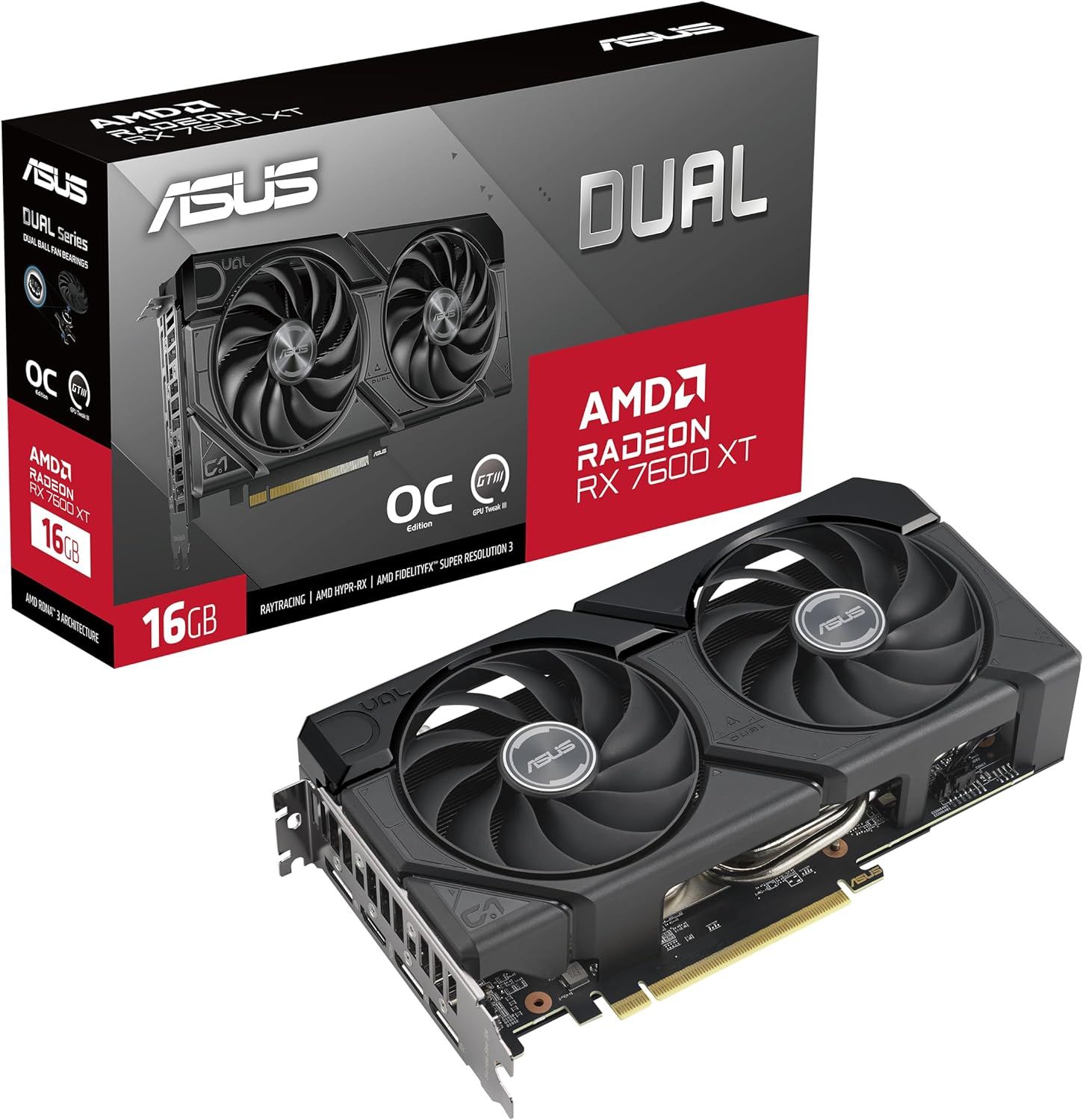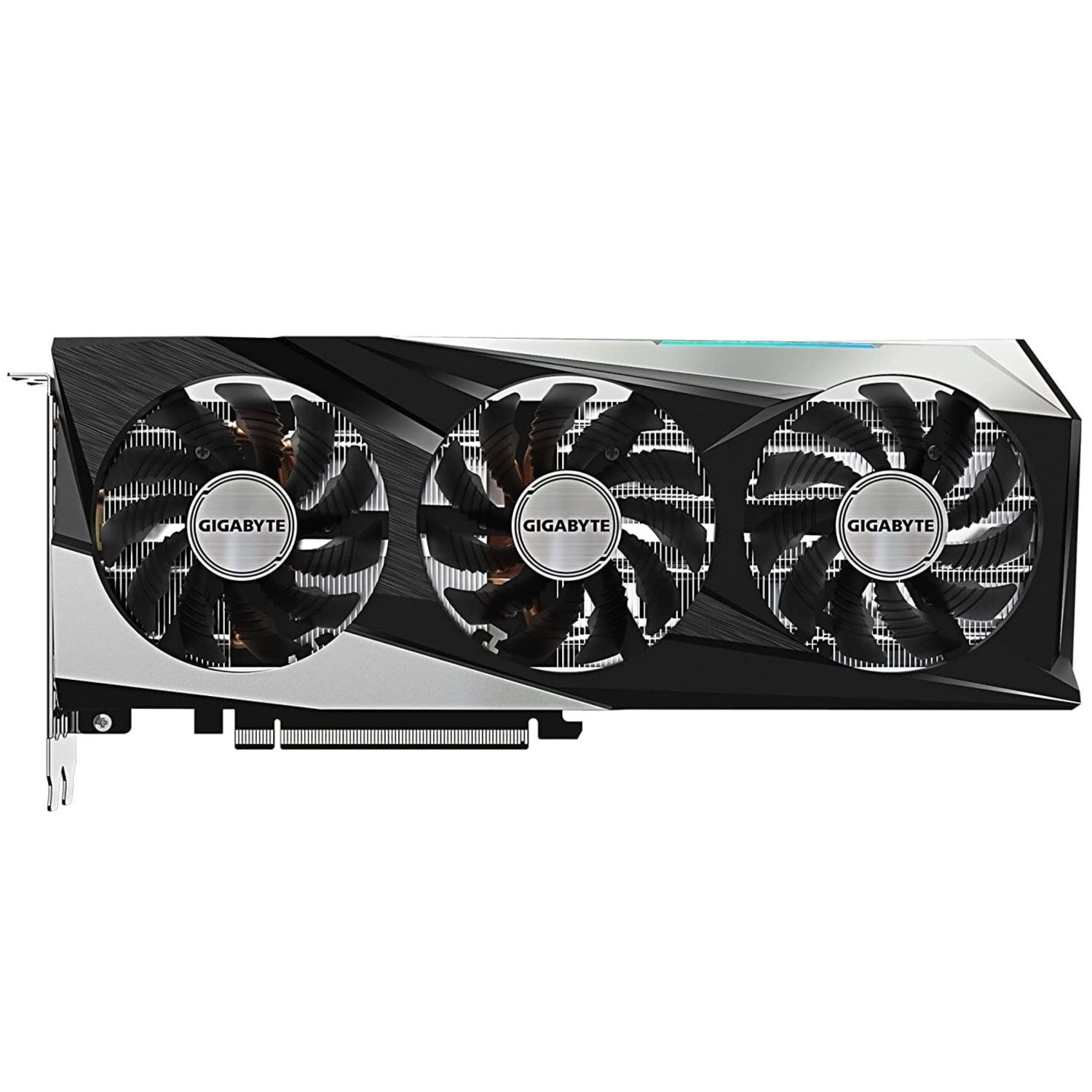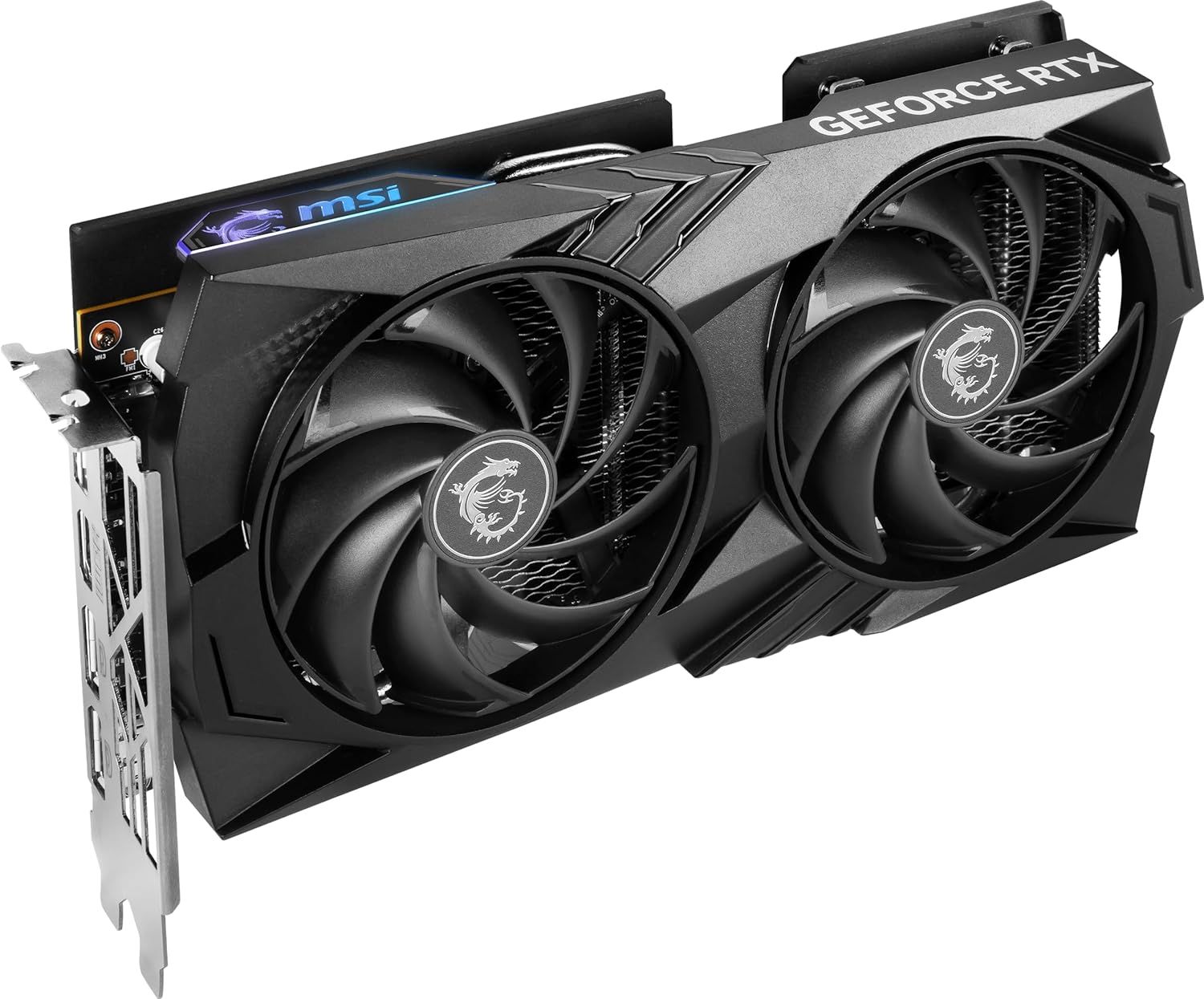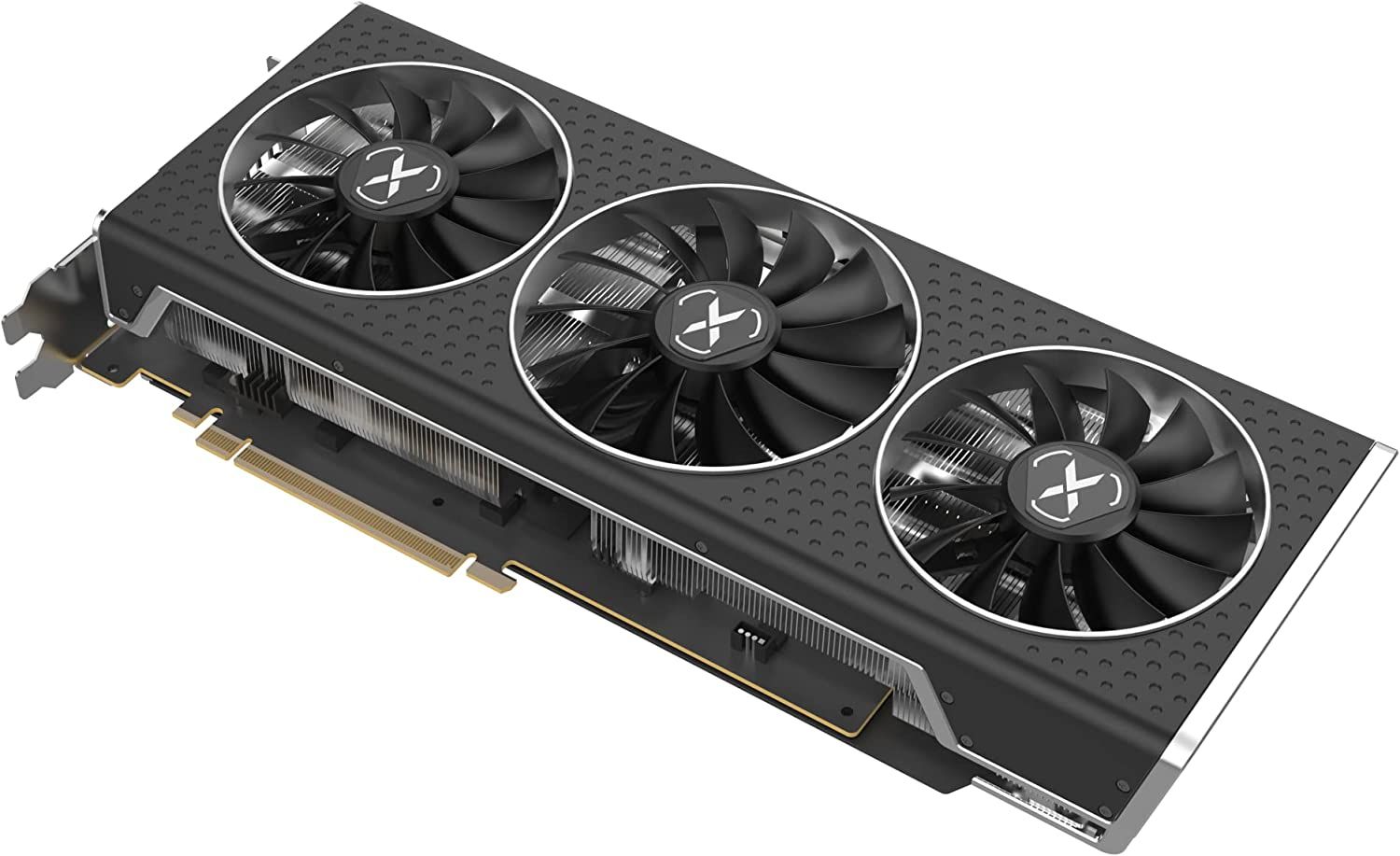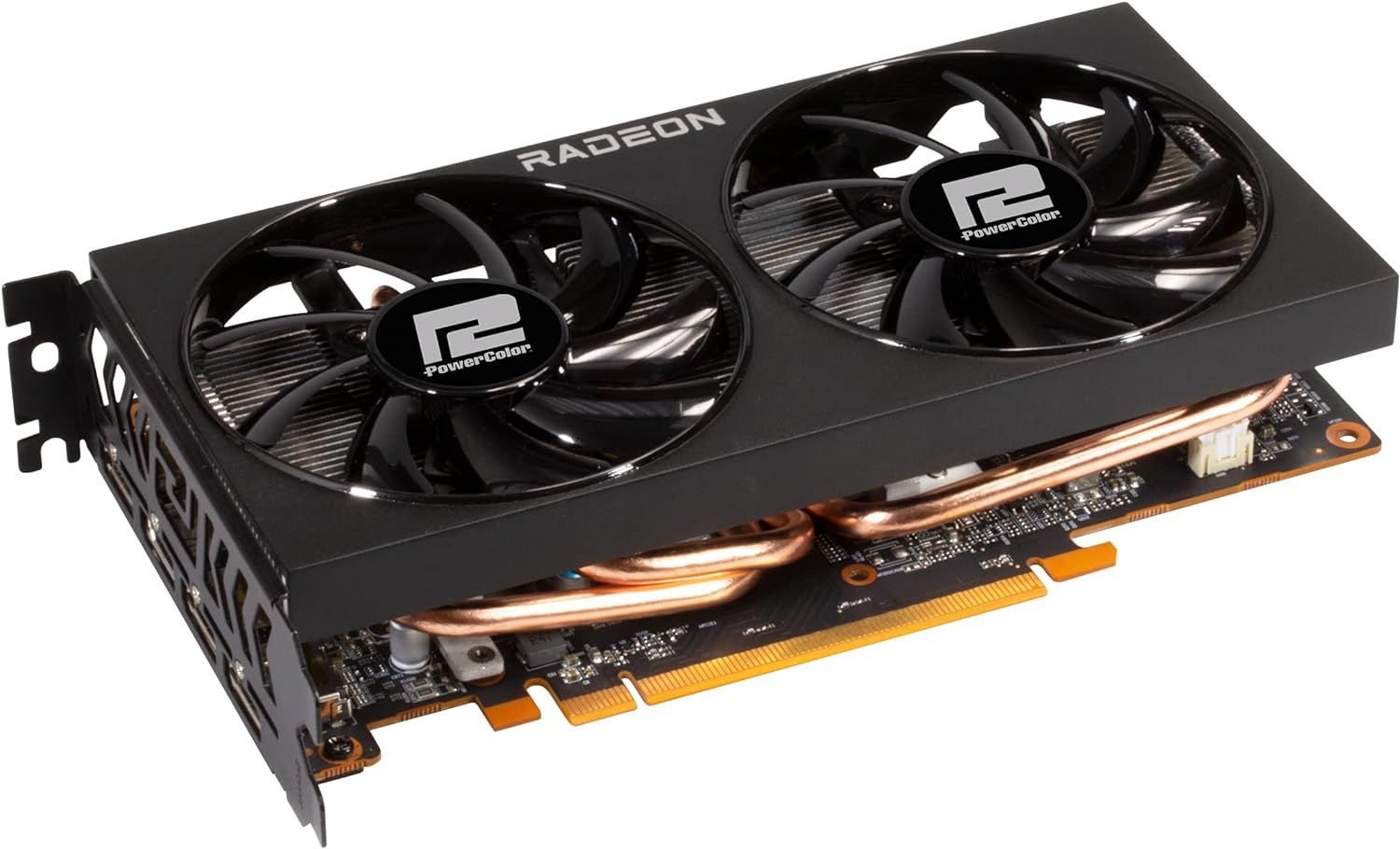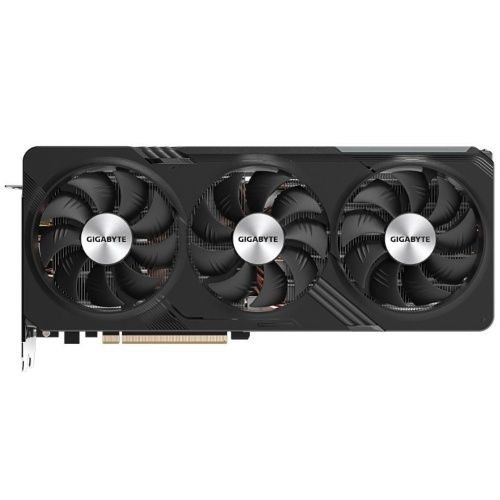Full HD resolution is still the king for a majority of gamers around the world. It's much more affordable than 1440p and 4K gaming in various ways and is the most popular resolution according to the latest Steam Survey, which shows that close to 60% of Steam users own a 1080p monitor. This is why the market is flooded with tons of 1080p gaming monitors with a much more affordable price tag than those with higher resolutions.

The Best Graphics Cards for Gaming in 2024
NVIDIA, AMD, and Intel now have graphics cards on the market, but which is the best? Let's benchmark and compare their offerings.
This is also the reason why GPU manufacturers such as Nvidia, AMD, and Intel are trying to maximize the gaming performance at 1080p with their budget gaming GPUs. With all of that in mind, the line between great 1080p gaming GPUs and GPUs that target higher resolutions such as 1440p is still thin. Sometimes users may overspend or, on the contrary, invest in an entry-level GPU that provides no future-proofing at all. Putting together all factors, the Game ZXC hardware team has carefully selected the best GPUs for 1080p gaming after an analysis of all the video cards on the market.
Game ZXC's Picks for the Best GPUs for 1080p Gaming in 2024
It can get pretty confusing to determine which is the best 1080p gaming GPU, considering plenty of cards can easily max out the graphics at this resolution. While one can simply say that an RTX 4080 or a 4090 is the best GPU for 1080p resolution, in reality, these GPUs are just overkill for this resolution. The best overall GPU for 1080p should be able to not only play games on ultra settings at 60+ frames per second but should also continue to do the same for at least the next two years.

The Best AMD GPUs in 2024
AMD has a lot to offer in 2023 with the launch of its RX 7000 series lineup, even as the RX 6000 series lineup gets competitive price cuts.
If you are looking for a GPU that provides ample horsepower for modern titles without costing an arm and a leg, look no further than AMD's Radeon RX 7600 XT. This sub-$350 GPU gets what its little sibling lacks by maxing out the graphical details at 1080p. Whether you are playing the current-gen games or want to play the upcoming titles without worrying about the limitations of the VRAM, the RX 7600 XT does a great job as it offers 16GB of video memory. From AV1 encoding support to competitive ray-tracing performance, the RX 7600 XT has all the bells and whistles required for smooth gaming.
If you think 16GB is too much for 1080p, then the RX 7600 is a preferred choice for 1080p gaming, particularly because it is as good as its Nvidia counterpart for a somewhat lower price. The Radeon RX 7600 launched before the RX 7600 XT and offers 8GB of VRAM on a 128-bit bus. Officially priced at $270, the RX 7600 replaces its predecessor from the RDNA 2 lineup, delivering up to 35% better performance on average.
While it uses half the memory size of the RX 7600 XT, the GPU die on both cards is the same. This is why it provides the same number of Stream Processors, Compute Units, and RT Cores as the XT edition and does an excellent job on modern titles. It is more power efficient than the latter and needs a single 8-pin power connector to fulfill the power requirements.
From the Green Team, the Nvidia RTX 4060 is a worthy GPU purchase if you are looking for a smooth gaming experience on a budget while having better ray-tracing capabilities than AMD GPUs. One of the best-selling points of the RTX 4060 is perhaps its power efficiency, which excels the RX 7600 and the 7600 XT by a significant margin. While there is no debate that the 7600 XT is faster than the 4060, the RTX 4060 offers higher frame rates per watt consumed.

The Best Nvidia RTX 4060 GPUs: Which Versions Are Worth It?
Nvidia RTX 4060 GPUs are worth taking a second look at as they offer excellent value for the money.
With a default TDP of just 115W, AMD GPUs can't outperform the RTX 4060 in efficiency. Technically, it has similar specs to the RX 7600 concerning the memory configuration, but its ray-tracing performance is much better. While we don't recommend turning on ray tracing with budget cards, the DLSS 3.0 Frame Generation helps the 4060 achieve high double digits without many hassles.
It's quite surprising that even two years after its launch, the RX 6750 XT is still relevant and probably more popular than ever. With the newer RDNA 3 family taking over RDNA 2 GPUs, it's obvious that the older GPUs will become cheaper, but unlike previous generations, the availability hasn't been reduced too much. Radeon RX 6750 XT may not have the AV1 encoding support, but apart from that, there is no other sub-$350 GPU that can match it in its raster performance, including our best overall choice.
However, the ray-tracing performance and the power consumption are some factors that may not appeal to some users. Still, if you are looking for the maximum possible frame rate per dollar, the RX 6750 XT is unparalleled at the moment. With 12GB of VRAM on a 192-bit bus, the GPU can even provide 60+ frames per second at 1440p resolution. So, not only is it going to be a wonderful card for 1080p, but it can possibly play modern titles on ultra settings at higher resolutions.
As we move a little towards the ultra-budget category, we either have Nvidia's RTX 3050 or AMD's Radeon RX 6600 for a price of around $200. Unfortunately for Nvidia, the Radeon RX 6600 is a much more appealing choice at this price tag than the 3050. Not only does it deliver much higher frame rates for the same price, but it's also actually more power-efficient in gaming benchmarks.

Best Budget Gaming Intel CPUs in 2024
PC gaming can be a costly hobby, but some of Intel's latest gaming-centric CPUs can get gamers doing more for less when it comes to performance!
Expect somewhere between 20-30% higher performance than the RTX 3050 with some games reaching as high as 50% higher performance. Initially, the RX 6600 was aimed at 1440p resolution. While it's true that it can still play a lot of games at that resolution quite satisfactorily, with more demanding titles coming to the marketplace, the RX 6600 is better suited for 1080p gaming, particularly if you are not interested in ray-tracing.
Once again, in the battle between the RTX Geforce 4060 Ti and the Radeon RX 7700 XT, the Red Team scores the victory easily. Despite being a power-efficient card, the RTX 4060 Ti fails to attract through its poor value for its price and delivers minimal to no improvements over its predecessor, the RTX 3060 Ti. The Radeon RX 7700 XT is an overpowered GPU for 1080p gaming and can deliver over 100 fps in most games on the highest graphical presets.
Therefore, for users who want to benefit from their high-refresh rate monitors, the RX 7700 XT is going to be an immensely great option, particularly for esports titles. This time, AMD also wins the ray-tracing game, where the RX 7700 XT outperforms the RTX 4060 Ti 8GB edition by a 5-7% margin and matches the 4060 Ti's 16GB edition while costing $100 less. The RX 7700 XT boasts incredible specs and provides 12GB VRAM to take care of intensive graphical assets in modern titles.
Things to Consider When Buying a GPU for 1080p Gaming
VRAM Size: While the majority of games can run fine with 6GB of video memory, some games consume up to 8GB of VRAM at 1080p resolution. The best examples include Hogwarts Legacy, The Last of Us Part 1, and Starfield. By lowering some graphical settings, the VRAM usage can be cut down, but that will result in an inferior visual quality. Hence, if you are on a tight budget, it's recommended to get at least 6GB GPU if you are willing to compromise on some graphics assets, but 8GB RAM is generally the recommended size for 1080p resolution.
GPU Size and Cooling: GPUs can bring a single, dual, or triple-fan configuration where the single-fan GPUs are generally much more compact to easily fit even into mini-ITX cases, but on the other hand, a dual-fan or a triple-fan GPU may cause clearance issues inside the chassis depending on how much space is available. Always check the GFX clearance in your case before buying a GPU, or it may cause difficulties with installation. It should be kept in mind that triple-fan cooling solutions are better at thermal performance and will maintain better clock stability in the long run.
Power Consumption: It's not necessarily the most important factor for choosing a GPU, but if you care about your electricity bills, then you should definitely take a look at the default TGP of the GPU you are going to buy. A graphics card for 1080p gaming shouldn't consume more than 200 watts. Fortunately, modern GPUs are more power-efficient than ever before, and it's possible to have a fantastic GPU that consumes less than 150 watts at 100% utilization.
CPU-Pairing: If you don't want your GPU to get bottlenecked, don't pair it with a slow CPU. A significantly inferior CPU can limit your GPU's performance, resulting in frequent fps drops and stuttering. Make sure you get a CPU that doesn't hit 100% usage before the GPU or you won't be getting the full potential out of your graphics card.
FAQ
Q: Which GPU is best for 1080p gaming?
Currently, Nvidia's RTX 4060 and RX 7600 XT are the best GPUs for 1080p gaming. While the former has an exceptional ray tracing performance on a budget, the latter has more VRAM for demanding titles.
Q: How much VRAM is needed for 1080p gaming?
VRAM requirements depend on individual games. While some games can run smoothly with just 4GB VRAM, some may require 8GB to process all the textures. It's recommended to aim at 8GB VRAM for future-proofing or at least 6GB VRAM for playing most titles without any memory bottlenecks.

